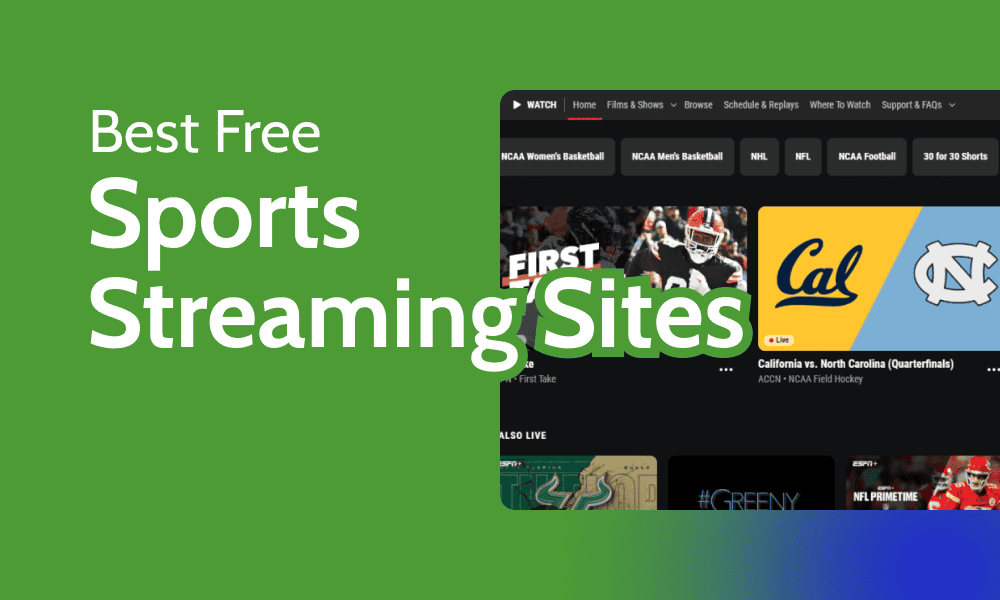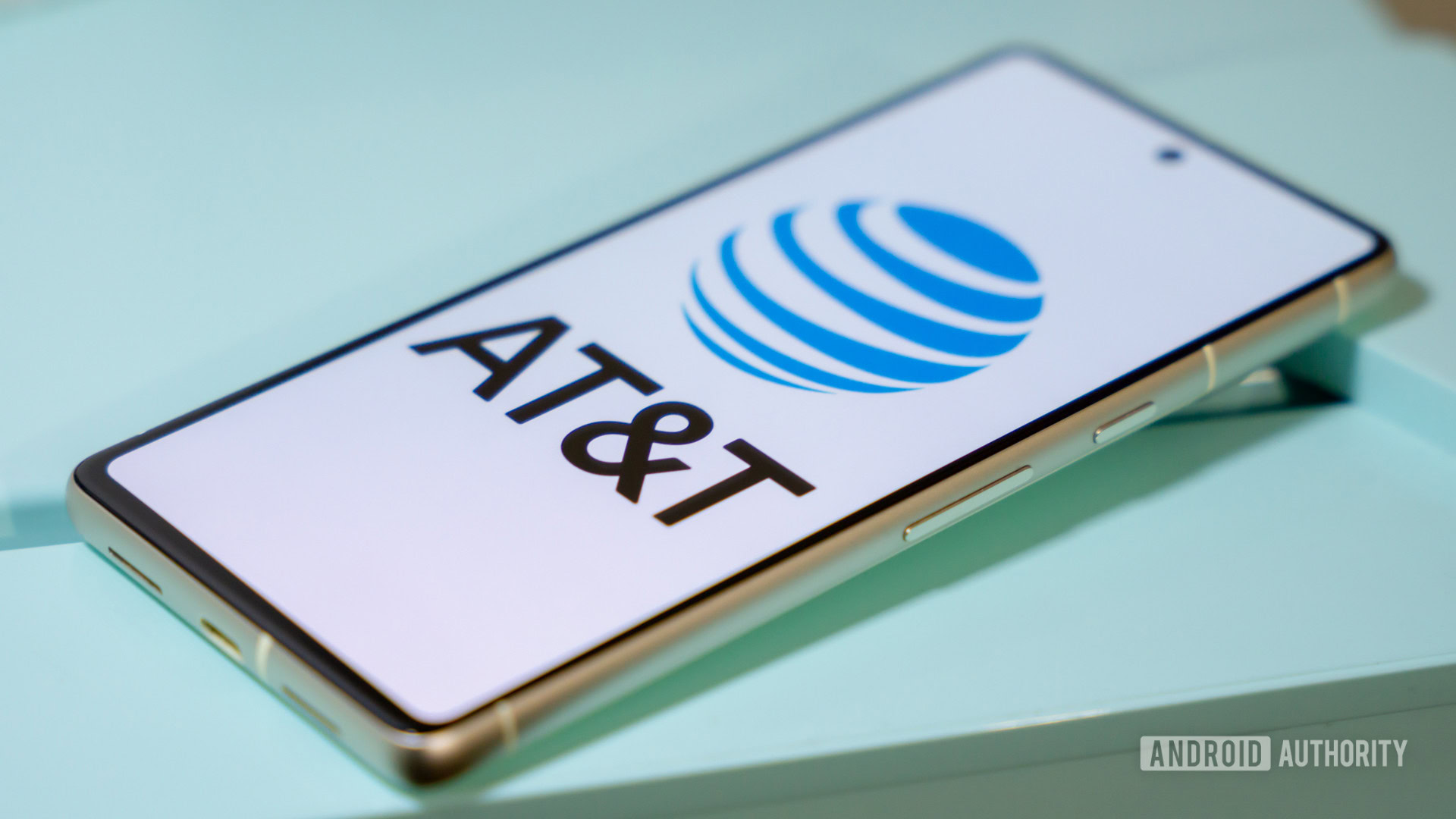The fact that the company formerly known as America Online will discontinue its Dial-up service next month has prompted two kinds of reactions on the internet that it pioneered.
First: Wait, AOL Dial-up service still exists? Second: A wave of nostalgia for everything 1990s, from the dial-up sound to the unrealistically spam-free romcom You’ve Got Mail to the ubiquitous CDs to the formerly AOL-owned CompuServe homepage (which, amazingly, still carries today’s news in soothing low-image form).
But there’s a reaction we’re missing, and it’s not about the cautionary tale of AOL’s rise and fall (trust me, I know; I was there for the pivot between rise and fall, and a purchase that arguably caused the dotcom collapse).
AOL wasn’t defined by dial-up, a technology always destined for the dogs, but by all the tech it pioneered. AOL isn’t our nostalgic tech past; it is in many ways our present. The features it pioneered dominate our tech lives in 2025.
Indeed, the company was unlucky to have arrived in the era of the CD, and to not last into the era of the smartphone. Had it not gone on a fatal get-big-fast acquisition romp, it’s easy to imagine AOL could have become an extra A in the FAANG group, aka today’s tech titans. Consider:
1. AOL Instant Messenger was basically Messenger, WhatsApp and Slack, in one.
Ah, good old AIM. How many hours did I waste on it in the 1990s and 2000s? More than on iChat and GChat, my subsequent obsessions. Many, many more than I did on Internet Relay Chat and ICQ — two earlier, less user-friendly forms of the same Instant Messaging idea. ICQ was bought by AOL in 1998, an early example of the buying spree approach to competition. This was, it turned out, unnecessary; AIM was simply the better product.
AIM was where Instant Messaging found the fun and friendly form we’re still using today in a dozen apps, from WhatsApp to WeChat. The Buddy list and buddy icons made it feel like Facebook Messenger, decades before that was a thing (Meta, ironically, now holds the original AIM patent for a friends list). AIM had group messaging (not the same as the wild west of Chat Rooms, we’ll get to those).
Messages on AIM looked like every message you send today. The service pioneered emoticons (nobody called them emoji yet). Years before you could so much as text a photo, AIM had multimedia messaging. It also had file-sharing, enabling dubious trading of MP3s before anyone heard about Napster.
And AIM pioneered the Away status, one that my workmates would pay attention to, long before Slack. AIM’s skill at routing messages around blocked ports made it the bane of corporate IT departments, and a delight for plugged-in workers who needed to talk quickly.
“AIM became how Wall Street communicated,” one of AIM’s founders told Mashable in 2014.
Mashable Light Speed
But AIM was for pleasure as much as for work. It had all the spontaneous evening-spent-chatting joy that today I find in iMessage form. It also had the agony and anxiety of being left on read by a crush — only this version came with a brutal door-closing noise.
AOL smartly decided to give AIM away for free. It was open-source enough that you could message AIM users on its main rival, MSN Messenger. You didn’t need to be inside AOL’s walled garden internet to use AIM, so millions more did. Dial-up AOL maxed out at 30 million users. At its height in 2001, 61 million people used AIM; it didn’t really start to decline until GMail exploded in popularity, bringing GChat with it.
Arguably, if AOL had focused on AIM as the internet’s killer app instead of seeing it as a way to convert people into dial-up subscribers, it could have become the one messaging standard that all other apps must use. And we as users would have a much more open-source messaging landscape, instead of using multiple siloed services.
2. SmarterChild was an early AI chatbot.
AIM was large enough as a platform that third-party companies developed groundbreaking services for it. Case in point: A startup called ActiveBuddy and SmarterChild, a chatbot that was on 30 million Buddy lists six months after its birth.
Without knowing what it was doing, in other words, AOL gave as many people access to early AI as it did to dial-up. This has a direct impact on Apple’s AI assistant: one early investor in Siri said he was inspired by the potential of SmarterChild.
It wasn’t exactly GPT-5, but SmarterChild had access to vast databases: IMdB, the Weather Channel, Elias Sports Bureau. It could chat endlessly about baseball stats, movies, and the rain in Cleveland; for some users, that was enough to replicate an interesting human being.
For others, especially its younger buddies, SmarterChild came alive with its library of sassy responses (the work of one sardonic copywriter). It would, for example, browbeat you into an apology if you dared swear — something today’s humor-free AIs could learn a thing or two from.
3. AOL Chat Rooms was proto-Twitter.
The infamous AOL Chat Rooms, where you could chat to dozens of strangers at once, predate even AIM, though they quickly became part of it. Usage exploded in 1996, when AOL switched from hourly billing to monthly, meaning you could spend as much time in them as you like. (That’s right, you can also thank AOL for the modern innovation of monthly internet billing.)
The result was … well, every bit as toxic as the worst of social media today. Anonymous handles yelled all-caps insults at each other, and not just in the political rooms. Creeps looking to “cyber” invaded every room, asking for the a(ge)/s(ex)/l(ocation) of the unsuspecting. We may have had to wait until the 21st century for the phrase “slide into your DMs,” but that’s what was happening everywhere in AOL Chat Rooms.
As for moderators? Well, Chat Rooms made Elon Musk’s hellscape version of Twitter look like a well-moderated town square debate. AOL relied entirely on volunteers to police up to 60 million users. Contemporary reports described the effort as a “cyber sweat shop.”
4. Usenet was basically Reddit.
Even before AIM and Chat Rooms, in 1993, AOL was the first consumer internet company to offer access to Usenet. This was a once sleepy set of forums, known as newsgroups, from earlier decades of computing. Newsgroup veterans would complain about the influx of newbies, usually university computer department freshmen, every September. The arrival of AOL’s horde of users was such an ongoing catastrophe that the old-timers called it Eternal September.
We might call it something else: the beginnings of Reddit and other infamous message boards, such as 4Chan. The result was arguably worse; some Redditors miss the old Usenet. Then came AOL Chat, hosted on AIM but not a regular Chat Room. It was a moderated Q&A with experts, journalists and celebrities, where the questions were all user-generated —a Reddit AMA, basically.
And there were more AOL innovations. There was AOL Hometown, a GeoCities-style place for building websites without HTML knowledge; with its inventory of user interests it had started to look a little like MySpace, or LinkedIn, by the time it shuttered in 2009. On the operations side, AOL had to build up its data center infrastructure so fast that the area of Virgina it grew up in is now known as Data Center Alley; much of the world’s internet traffic flows through it.
Next time you click on a fast-loading site, then, spare a thought for the dial-up people.








